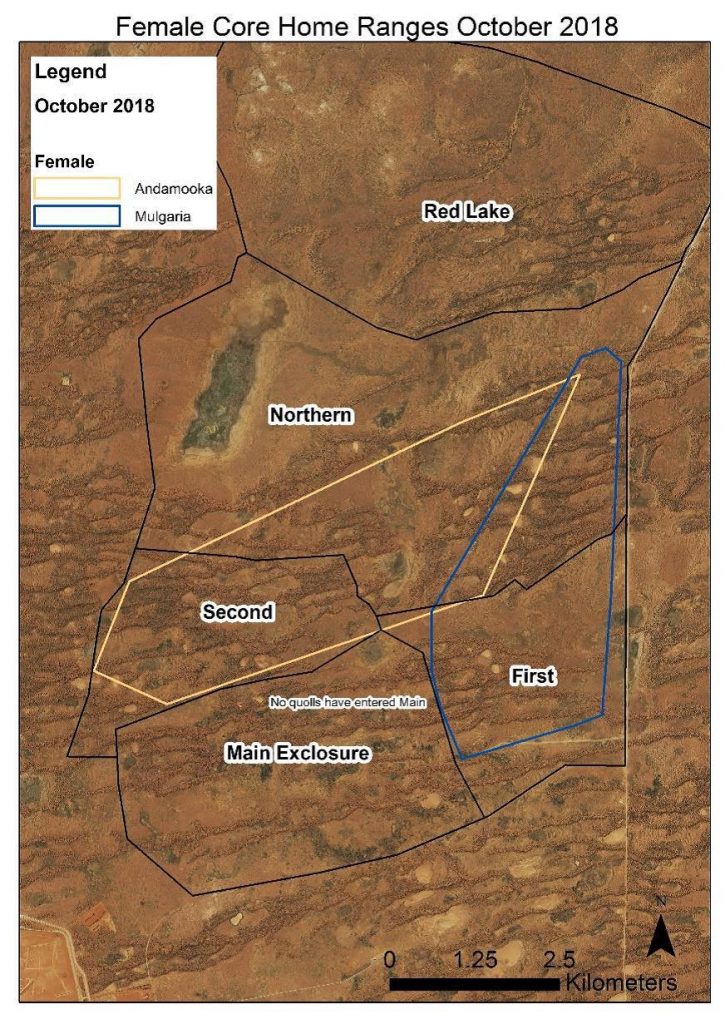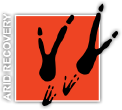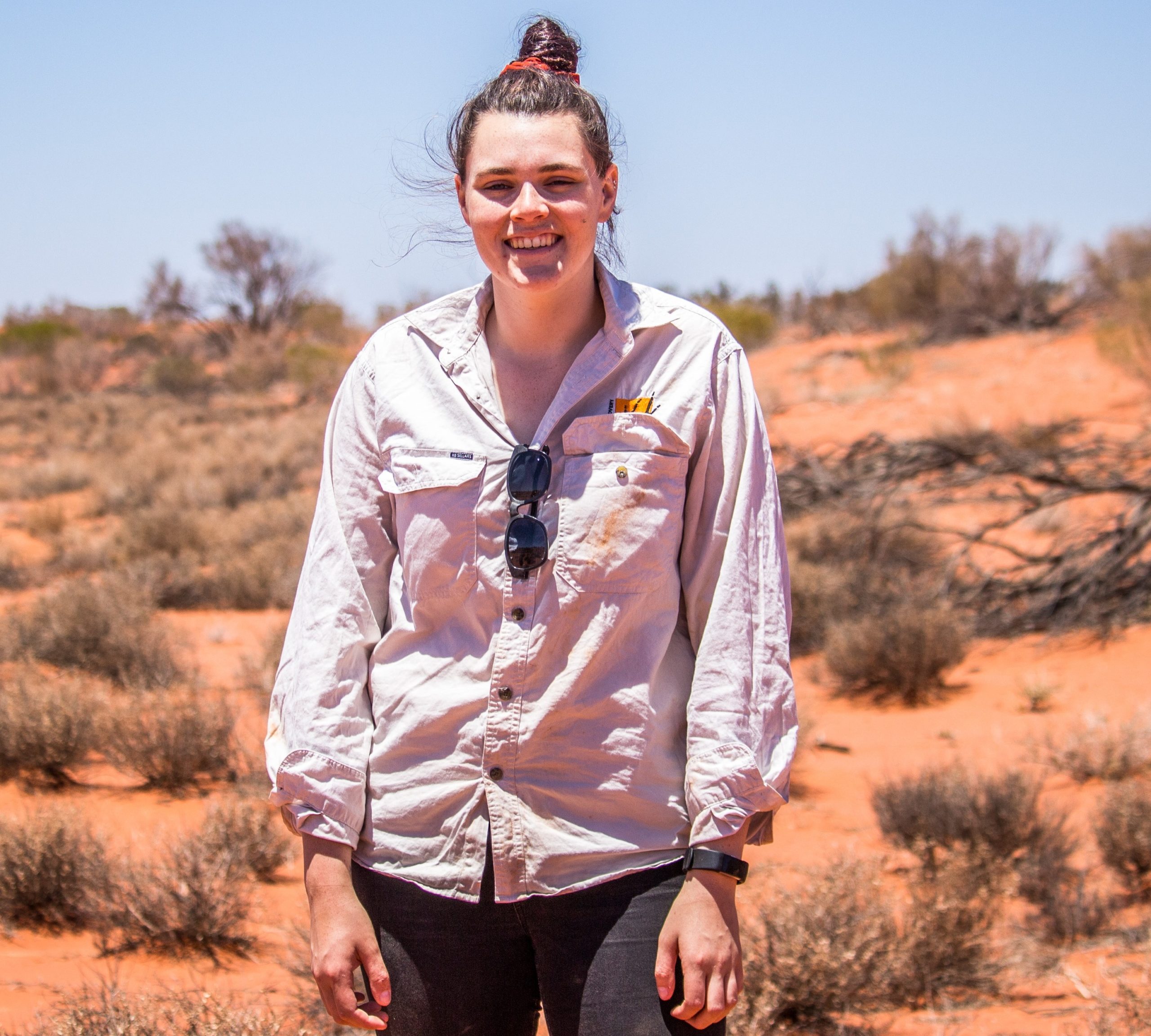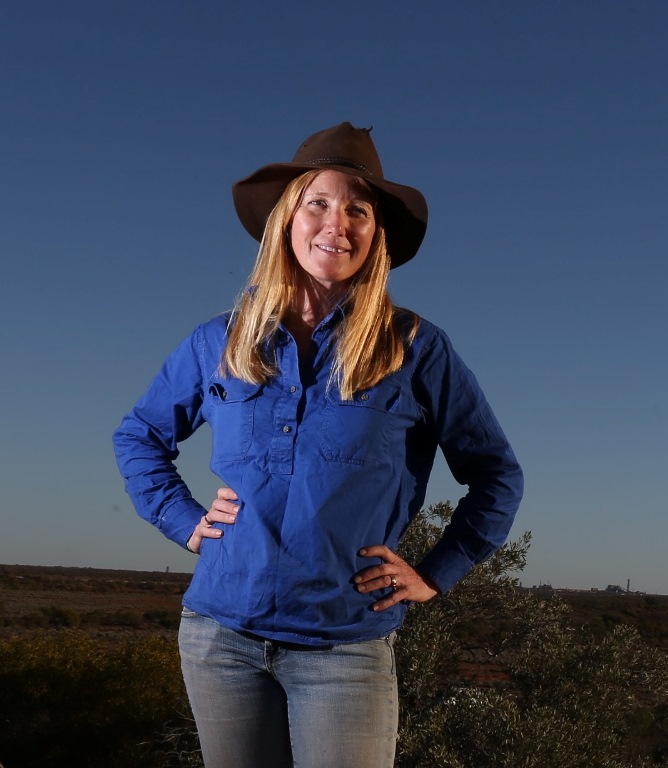2018 was a big year. After two years of trials and research, it was time to officially reintroduce Western Quolls to the Arid Recovery Reserve.
In May, it happened. 12 quolls made the journey back to the outback, eight females and four males.
Western Quolls used to live across 70% of the Australian continent, but now survive in less than 2% of that. Ten of our quolls came from Western Australia (Dryandra and Julimar), and two came from a recently reintroduced population in South Australia’s Ikara-Flinders Ranges National Park.

So, how have they gone? In short – very well.
Before the release, all of the quolls were fitted with radio-collars, so that we could track their movements and learn as much as possible about how they survive in the arid landscape.
Since then, we have tracked them to over 400 locations. Quolls are nocturnal, so we normally find the burrows they are using, rather than the quolls themselves (although one day we found two quolls mating under a bush in broad daylight!).
Almost every time we find a quoll, it is sleeping in a bettong warren. Interestingly, these warrens often still have bettongs in them. Using bettong warrens allows the quolls to escape the scorching desert heat and hide from diurnal predators such as wedge-tailed eagles. They have also occasionally been found using bilby burrows. Most of the warrens they have been found in are on sand dunes with Acacia and Dodonaea shrubs, but they have also used warrens in mulga patches, saltbush swales and dry canegrass swamps.

From all this tracking, we’ve been able to map their home ranges. The biggest is over 3,000 hectares (for one of our males). The smallest home range, from a female, is still large at over 800 hectares. You can see the home ranges for two of our females below (over 1,000 and 1,400 hectares each).

We’re also happy to report that no quolls have entered the Main Exclosure – a 14km2 pen which is separated from the rest of the Reserve by floppy-topped fencing, foot-netting and two electric wires. By keeping this pen quoll-free, we can compare the abundance of our other reintroduced animals, (such as western barred bandicoots and stick-nest rats), in areas with and without quolls to see if they have any impacts. A lot of effort has gone into keeping this fence operational. We’d like to say thanks to the two teams from Conservation Volunteers Australia who replaced kilometres of old foot-netting this year.

Followers of our social media accounts will also know that our quolls have been breeding. There are 30 babies in total, with five mother quolls having six each. The adults began mating almost immediately after arriving at Arid Recovery in May, with their babies born in June and July – western quolls are pregnant for only 18 days!
Since then, the young have been living with their mothers in bettong warrens and are now starting to explore the Reserve on their own. We’ve put radio-collars on 10 of them, so that we can see what they get up to (five males and five females, from three families). At the same time, we’re taking collars off the adults. The babies’ collars will fall off by themselves.
Quoll population trends will continue to be monitored through our quarterly track counts, which is how we monitor all of our reintroduced species, with the addition of spot identification from camera trap images. Each quoll has a unique pattern of spots so volunteers can help us identify individual quolls from photos taken by Reconyx camera traps, which we received thanks to a grant from the Wettenhall Environment Trust.

There’s still so much to learn and we will be studying quolls and their interactions with other species for a long time to come.
For now though, it’s seven months into the program and we’re very pleased with how it’s gone.
Another big thank you to everyone who has volunteered their time and supported the reintroduction. Special shout-out to our interns and long-term volunteers – Ben Stepkovitch, Kirra Bailey, Samantha Bryson-Kirby, Kaely Kreger, Finella Dawlings, Brianna Coulter and Anna Rogers – who have put a lot of time and effort into tracking and trapping these beautiful and elusive predators.
Stay tuned for more.





















